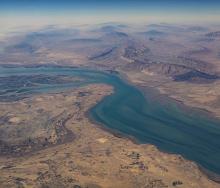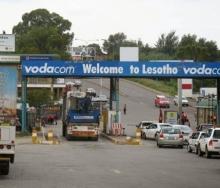Although there may be fair reason to believe that recent collisions involving cargo-carrying vessels could represent a trend towards an increase in shipping risk, coverage of these incidents should also be scrutinised for “media attention bias”, says a maritime security expert.
Dr Moritz Brake, who heads up liner trade consultancy firm Nexmaris in London, was responding to the following statement: “On the weekend of 16 and 17 March there were two major vessel incidents on the Saturday and Sunday; one in Australia in the Gulf of Carpentaria and another in Turkey at the Port of Kocaeli.
“Now, with the vessel collision in Baltimore, bringing down an entire long-span truss bridge, one has to wonder what's happening in global logistics.”
Although concern about these incidents appears to be justified given Houthi rebel attacks on cargo ships in the Red Sea and Gulf of Aden, Brake cautioned against media attention bias that, according to media research portal Science Direct, “can distort the public's perception of reality by emphasizing certain stories over others, potentially leading to a skewed view of events or issues”.
Brake pointed out that, “In general, ocean shipping is a highly reliable, safe and unbeatably efficient form of transport: efficient both in terms of cost and emissions.”
He added that the vast dimensions of commodities shipped should be kept in mind as the potential commercial loss of the value of cargo on even a single vessel could easily surpass the GDP of a small nation, for example.
“When also considering the risk to human lives and the environment, the potential damage involved in shipping incidents requires very sophisticated risk management on the insurance side.”
It included risk assessment and mitigation, which formed the foundation for the sustainable viability of marine insurance – for the insurer, as well as their clients, Brake said.
Since he remarked on inferences made about perceived causes and concerns of this week’s vessel collision on the Patapsco River, several high-profile news sources such as Associated Press, have reported that the Baltimore incident indicates that it was caused by a container ship losing power and crashing into the bridge, leading to its collapse and the presumed deaths of six people.
“The crash is believed to have been an accident, with the ship losing power and hitting the bridge support at a significant speed, causing the structure to break and fall into the water within seconds,” AP said.
According to CNN, “Investigations are ongoing to determine the exact cause of the crash, with authorities focusing on the ship's propulsion system and the bridge's structure.
“The National Transportation Safety Board is leading the investigation, looking into how the bridge was built and any safety deficiencies that may have been flagged in the past.”













